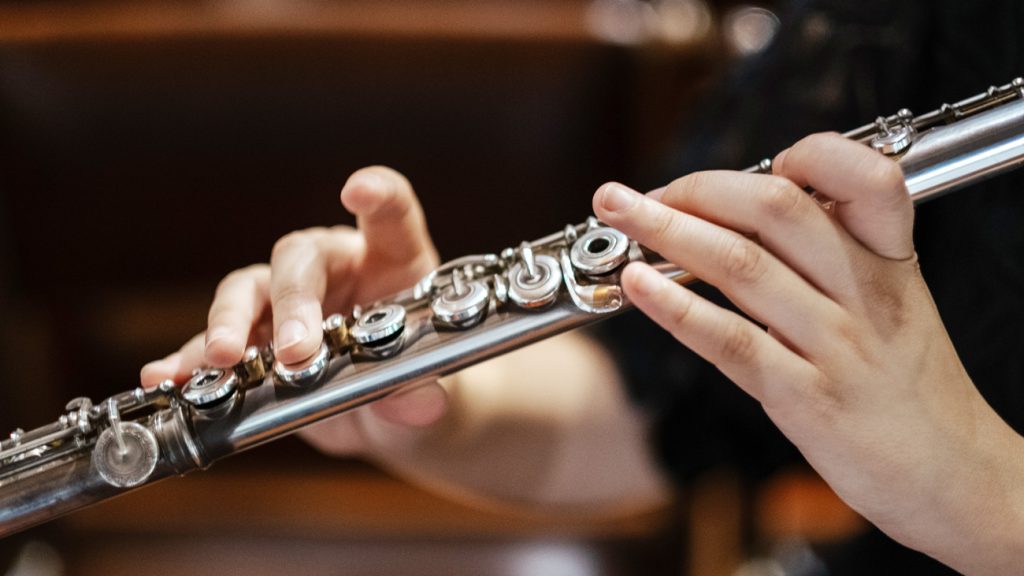Woodwind Instruments in the Orchestra
15th November 2018The name ‘woodwind’ for this family of instruments refers to the wood from which these instruments were once exclusively made, as well as the need to blow air – or ‘wind’ – into them to produce a sound. Woodwind instruments in the orchestra are no longer solely made of wood, with metal and plastic also now being used.
An orchestra’s wind section can consist of various combinations of such instruments as the piccolo, oboe, flute, clarinet, cor anglais (literally French for ‘English horn’), bass clarinet, E-flat clarinet, bassoon, contrabassoon and saxophone. Below, we have sought to answer some of the most common woodwind orchestra queries that our customers here at Dawkes Music have.

Which is the highest woodwind instrument?
The highest woodwind instrument in the orchestra is the piccolo, which is a half-sized flute capable of playing an octave higher. The name of the piccolo is Italian for ‘small’, and the fingering is the same as that of the flute; this leads many piccolo players to alternate with the flute.
It enjoys a reputation today as an orchestral sparkler, having made its major-work debut in Beethoven’s Fifth Symphony.

How many flutes are in an orchestra?
You can generally expect to see between two and four flutes in an orchestra. There are many types of flutes commonly used in orchestras other than the piccolo, including the C flute, alto flute (in G) and even, on occasion, the bass flute.
The flute is the oldest of all instruments to produce pitched sounds, rather than merely rhythms, and a standard one is slightly over two feet long.
Played by holding it sideways with both hands and blowing across a hole in the mouthpiece, the flute’s high-pitched, piercing sound has made it a mainstay of orchestras since the 18thcentury. You can change the pitch by opening and closing the keys, which are metal caps that cover the holes of the majority of woodwind instruments.
What instrument does the orchestra tune to?
When you attend an orchestral concert, it is the oboe that you will hear first. The A that it produces – a frequency of 440 hertz, or 440 vibrations per second – is the note that the other musicians tune to.
There are several reasons why the oboe became the go-to instrument for orchestral tuning – not least its bright, penetrating sound that all of the musicians can easily hear, as well as its lower vulnerability to humidity or other weather conditions compared to other instruments. It is also a more reliable tuning source than strings due to its steadier pitch.
In theory, an electronic tuner could now be used to tune an entire orchestra, and would probably produce a more consistently accurate note than an oboe. However, the use of an oboe for tuning remains a reassuring tradition for many people.

When you attend an orchestral concert, it is the oboe that you will hear first. The A that it produces – a frequency of 440 hertz, or 440 vibrations per second – is the note that the other musicians tune to.
There are several reasons why the oboe became the go-to instrument for orchestral tuning – not least its bright, penetrating sound that all of the musicians can easily hear, as well as its lower vulnerability to humidity or other weather conditions compared to other instruments. It is also a more reliable tuning source than strings due to its steadier pitch.
In theory, an electronic tuner could now be used to tune an entire orchestra, and would probably produce a more consistently accurate note than an oboe. However, the use of an oboe for tuning remains a reassuring tradition for many people.
If you are seeking the ideal instrument for orchestral playing, don’t hesitate to check out our selection of bassoons, clarinets, oboes, flutes and other wind instruments here in the Dawkes Music online store.